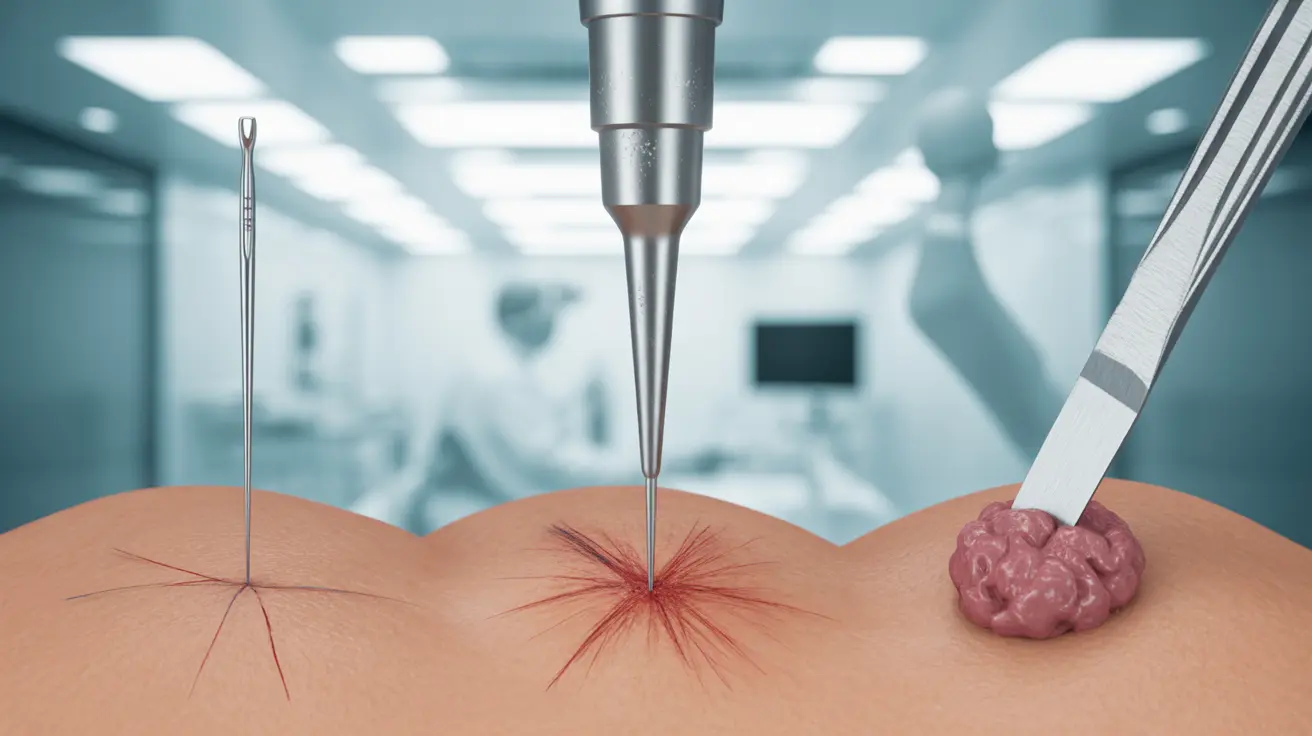A lymph node biopsy can reveal crucial information about your health, and receiving abnormal results may feel overwhelming. Understanding what these results mean, the different types of biopsies available, and the next steps in your medical journey is essential for making informed decisions about your healthcare.
This comprehensive guide will explore the various aspects of abnormal lymph node biopsy results, including common causes, diagnostic procedures, and treatment implications. We'll also discuss what you can expect during the biopsy process and potential follow-up care.
Types of Lymph Node Biopsies and Their Uses
Healthcare providers may recommend different types of lymph node biopsies depending on the specific situation and suspected condition. Each method has its unique advantages and applications:
Fine Needle Aspiration (FNA)
This minimally invasive procedure uses a thin needle to extract cells from the lymph node. It's often the first choice for initial testing due to its simplicity and minimal recovery time. FNA is particularly useful for evaluating superficial lymph nodes and can often be performed in an outpatient setting.
Core Needle Biopsy
This method removes a larger tissue sample than FNA, providing more detailed information about the lymph node's structure. It's especially valuable when doctors need to evaluate specific patterns of cell arrangement or when FNA results are inconclusive.
Excisional Biopsy
During this surgical procedure, the entire lymph node is removed for examination. This provides the most comprehensive analysis and is often necessary for definitive diagnosis of conditions like lymphoma.
Common Causes of Abnormal Results
Abnormal lymph node biopsy results can indicate various conditions, ranging from infections to more serious diseases:
- Infections (bacterial, viral, or fungal)
- Autoimmune disorders
- Lymphoma
- Metastatic cancer
- Sarcoidosis
- Reactive lymphadenopathy
Understanding the Diagnostic Process
When analyzing biopsy results, pathologists examine various aspects of the tissue sample, including:
- Cell size and shape
- Growth patterns
- Presence of specific proteins or markers
- Genetic mutations
- Inflammatory changes
These findings help determine the underlying cause and guide treatment decisions.
Treatment Planning Based on Results
The course of treatment following abnormal biopsy results depends on the specific diagnosis:
- Infections may require antibiotics or antiviral medications
- Lymphoma treatment might include chemotherapy, radiation, or immunotherapy
- Metastatic cancer often requires a combination of treatments
- Autoimmune conditions may need immune system-modulating medications
Managing Risks and Complications
While lymph node biopsies are generally safe, potential complications can include:
- Bleeding or bruising at the biopsy site
- Infection
- Nerve damage (rare)
- Scarring
- Lymph fluid accumulation
Most complications are minor and can be effectively managed with proper medical care and follow-up.
Frequently Asked Questions
- What are the common causes of abnormal lymph node biopsy results, and how are they diagnosed?
Abnormal lymph node biopsy results commonly indicate infections, autoimmune conditions, lymphoma, or metastatic cancer. Diagnosis involves microscopic examination of tissue samples, additional imaging tests, and sometimes molecular or genetic testing to determine the specific cause.
- What are the differences between fine needle aspiration, core needle biopsy, and excisional biopsy for lymph nodes?
Fine needle aspiration uses a thin needle to extract cells, providing a quick but limited sample. Core needle biopsy removes a larger tissue sample, offering more detailed information. Excisional biopsy removes the entire lymph node, providing the most comprehensive analysis but requiring surgery.
- How are abnormal lymph node biopsy results used to determine the best course of treatment for conditions like lymphoma or cancer?
Results help determine the type and stage of disease, specific cell characteristics, and genetic markers. This information guides treatment selection, such as choosing between chemotherapy, radiation, immunotherapy, or targeted treatments.
- What are the risks and complications associated with lymph node biopsies, and how can they be managed?
Common risks include bleeding, infection, and scarring. These can be managed through proper wound care, monitoring, and following post-procedure instructions. Serious complications are rare but may require additional medical intervention.
- What are the typical next steps after receiving abnormal lymph node biopsy results, and what further testing or treatment might be needed?
Next steps may include additional imaging studies, blood tests, or consultations with specialists. Treatment plans are developed based on the specific diagnosis and may involve medications, surgery, or other therapies. Regular follow-up appointments help monitor response to treatment.




